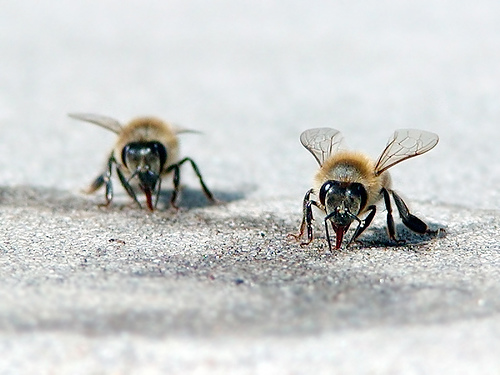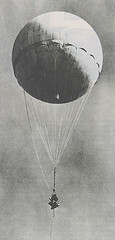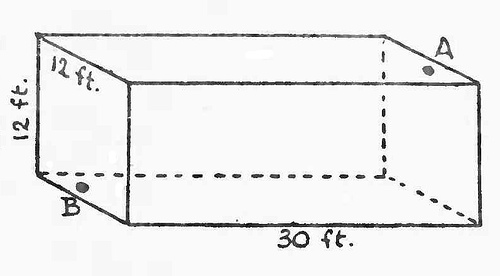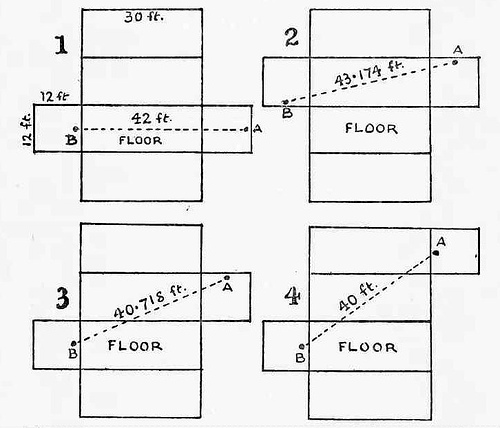
An extraordinary discovery in Natural History was made at Liverpool about a fortnight ago. As one of the stonemasons in the employ of the Dock Trustees, was dressing, on the sea wall of the Regent’s Dock, a huge stone, brought from the Western Point Quarry, and after he had broken a considerable thickness from its outside, he discovered, in a hole of small diameter, which was partially filled with clay, and a loamy sand, three bees, in a state of animation, to the inexpressible astonishment of himself and fellow-workmen, many of whom were witnesses of this strange phenomenon. The foreman of the works put them into his handkerchief, where they remained for several hours afterwards; but, while exhibiting his newly resuscitated strangers, two of them flew away, and he voluntarily gave the third its liberty.
— Liverpool Advertiser, Nov. 24, 1817




